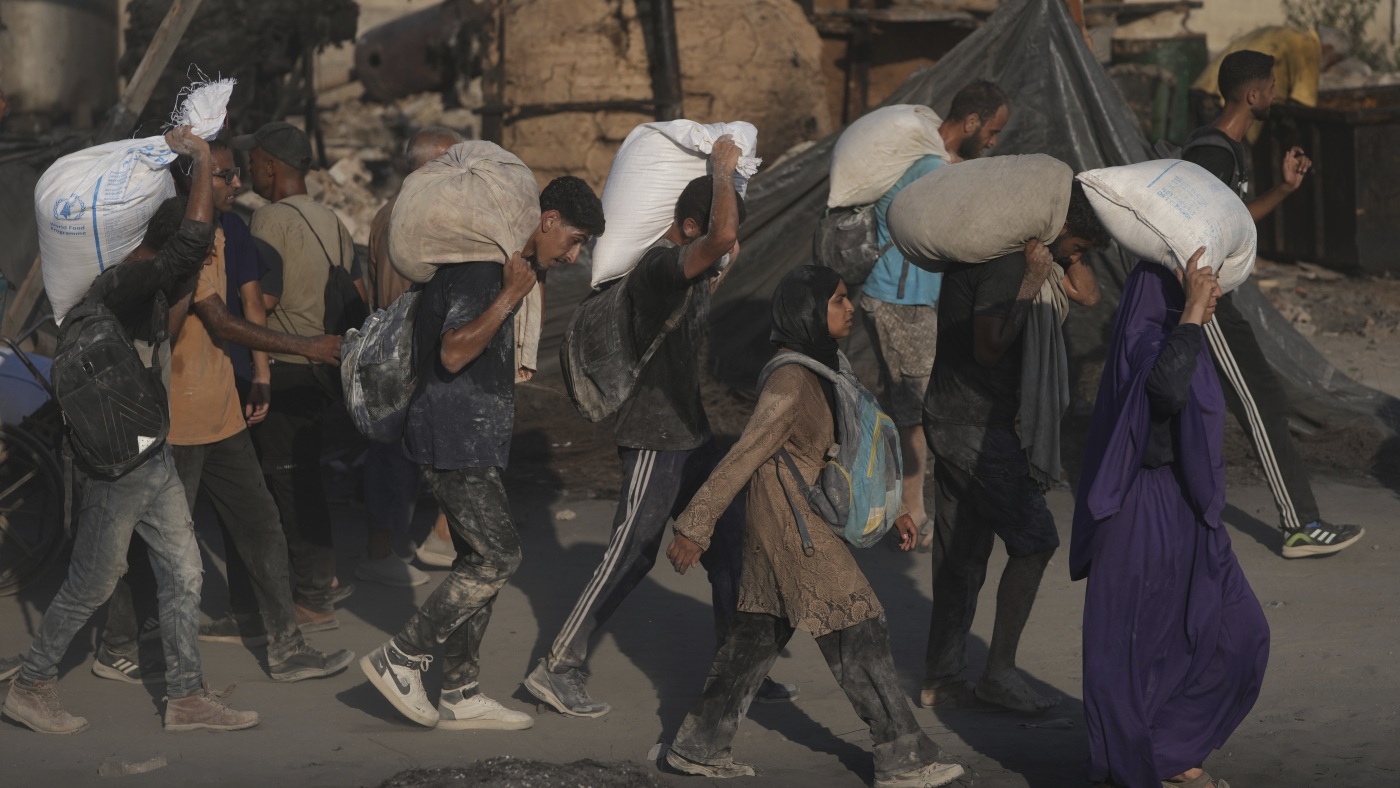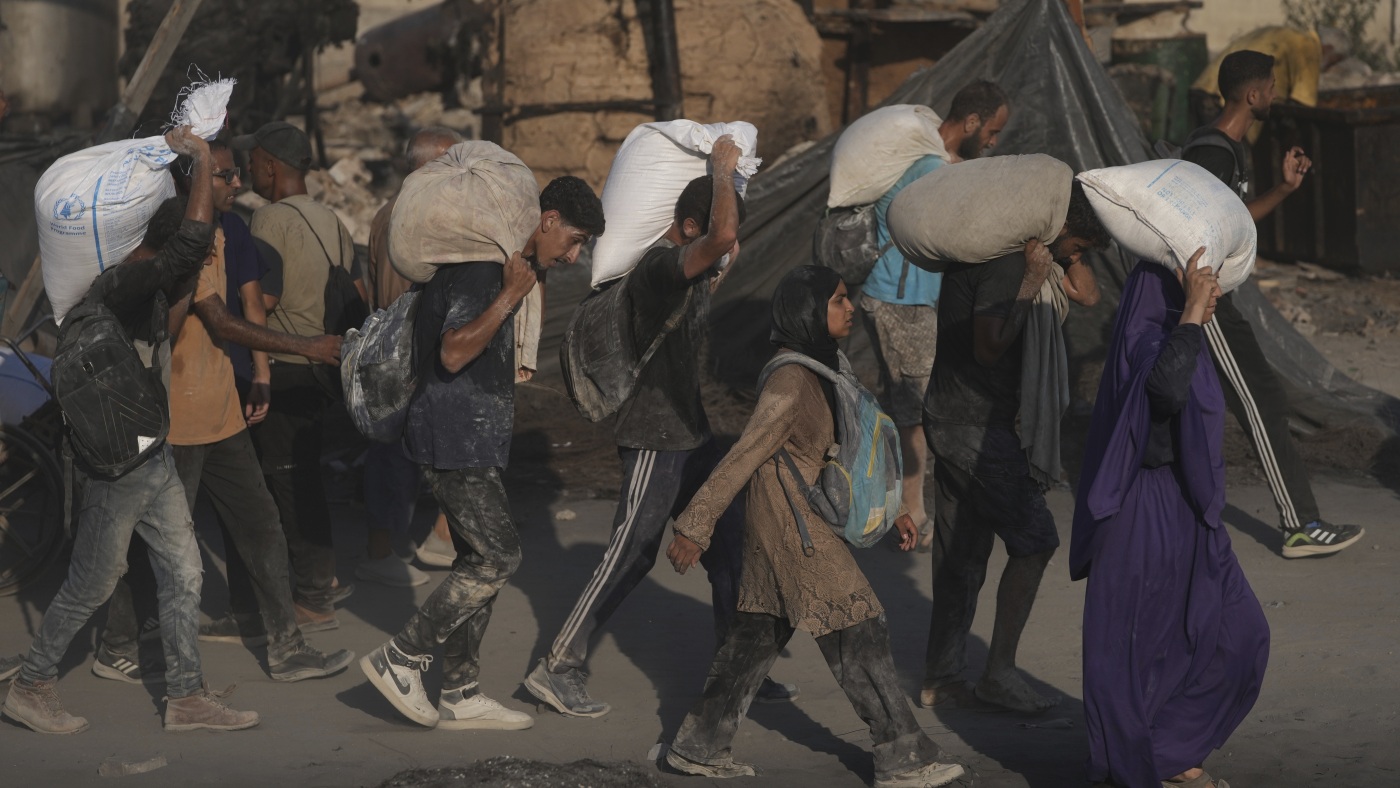The Humanitarian Crisis in Gaza: A Critical Analysis of Israel’s Response
The Growing Humanitarian Crisis in Gaza
The humanitarian crisis in Gaza has reached a critical juncture, with reports of widespread starvation, lack of clean water, and inadequate medical supplies. The ongoing conflict has severely disrupted the Gazan economy and infrastructure, making it increasingly difficult for residents to access basic necessities. The situation is exacerbated by border closures and restrictions on the movement of goods, creating a dire humanitarian catastrophe that demands immediate and sustained attention.
Aid agencies have issued stark warnings about the rapid spread of mass starvation, with reports of starvation-related deaths becoming increasingly frequent. The crisis is not merely about food scarcity but encompasses a breakdown of essential infrastructure, including water and sanitation systems, power plants, and hospitals. The urgency of the situation is underscored by the fact that current measures are demonstrably inadequate to meet the needs of the population.
Airdrops: A Temporary Lifeline or a Band-Aid Solution?
In response to the escalating crisis, the Israeli military has announced a renewed commitment to delivering humanitarian aid through airdrops and the establishment of “humanitarian corridors.” While airdrops can provide immediate relief, they are often criticized as an inefficient and potentially dangerous method of delivering aid.
Limitations of Airdrops
Despite these limitations, airdrops can provide a lifeline in emergency situations where other forms of access are restricted. However, they should be viewed as a temporary measure and not a long-term solution to the humanitarian crisis in Gaza.
Humanitarian Corridors: A Path to Sustainable Aid Delivery?
The establishment of “humanitarian corridors” represents a potentially more sustainable approach to delivering aid to Gaza. These corridors aim to provide safe passage for UN convoys and other humanitarian organizations to transport essential supplies to those in need. However, the effectiveness of humanitarian corridors hinges on several critical factors:
Key Factors for Success
The success of humanitarian corridors depends on the willingness of all parties to prioritize the humanitarian needs of the Gazan population and to uphold their obligations under international humanitarian law.
Addressing the Root Causes of the Crisis
While airdrops and humanitarian corridors can provide temporary relief, they do not address the underlying causes of the humanitarian crisis in Gaza. A sustainable solution requires a comprehensive approach that tackles the political, economic, and social challenges facing the region. This includes:
Comprehensive Solutions
A Call for Comprehensive Action
The humanitarian crisis in Gaza demands a comprehensive and sustained response from the international community. Airdrops and humanitarian corridors can provide temporary relief, but they are not a substitute for addressing the root causes of the crisis. A lasting solution requires a commitment to ending the conflict, easing restrictions on movement, investing in infrastructure, supporting the local economy, and promoting good governance.
The world must not stand idly by while the people of Gaza suffer the consequences of conflict and neglect. It is time for bold action to alleviate the suffering and create a future of peace and prosperity for all.
Beyond Airdrops: A Future for Gaza
The announcement of airdrops and humanitarian corridors marks a small step in addressing the urgent needs of the Gazan population. However, it is crucial to recognize that these measures are merely temporary solutions to a much deeper and more complex problem. The true path to a sustainable future for Gaza lies in addressing the root causes of the humanitarian crisis and working towards a lasting peace.
The international community must go beyond simply providing aid and commit to creating an environment where the people of Gaza can rebuild their lives and thrive. This requires a fundamental shift in approach, one that prioritizes long-term development, economic opportunity, and, above all, the dignity and well-being of the Gazan people. Only then can we hope to see a future where airdrops are no longer necessary, and the humanitarian crisis in Gaza becomes a distant memory.








